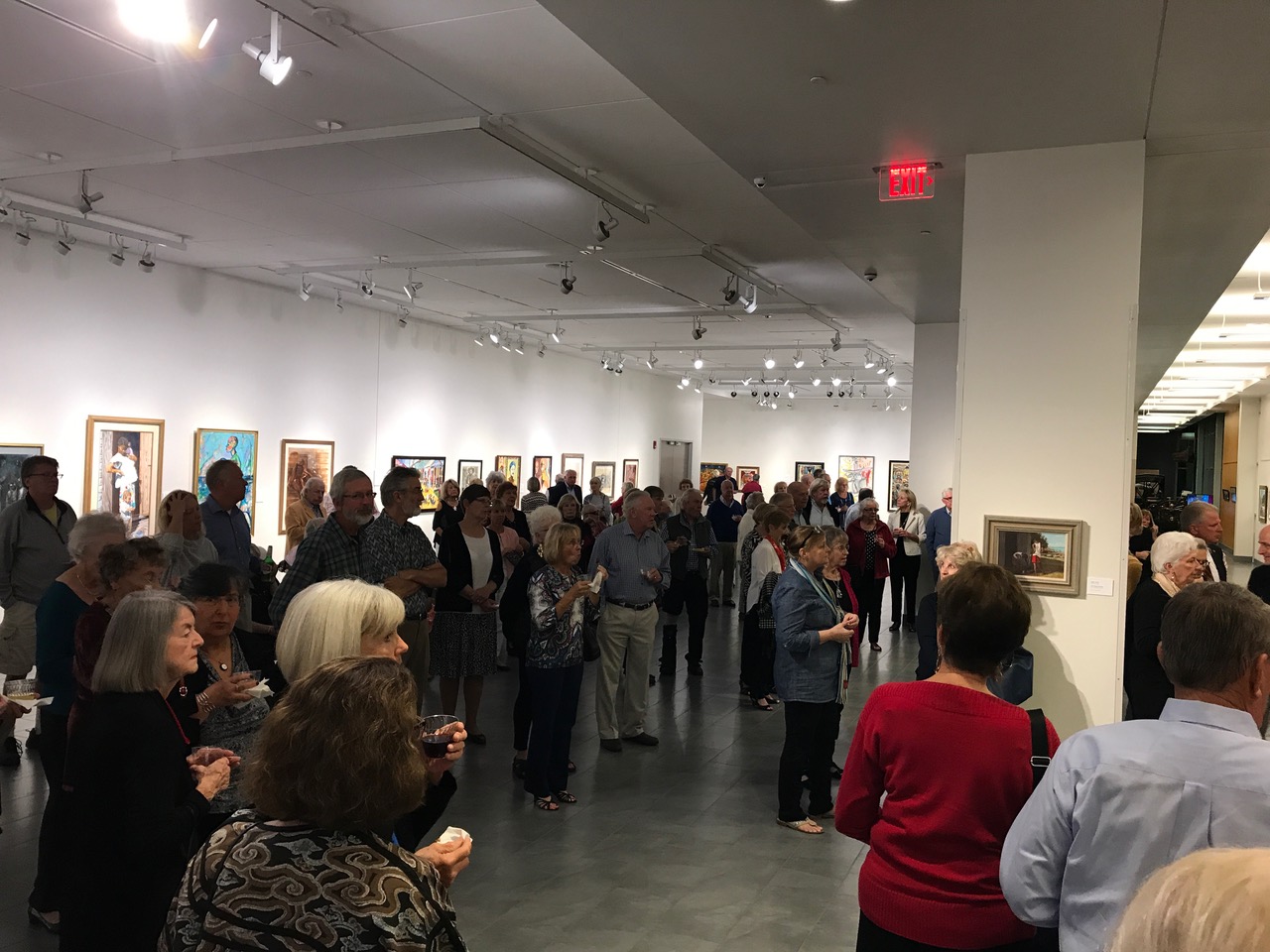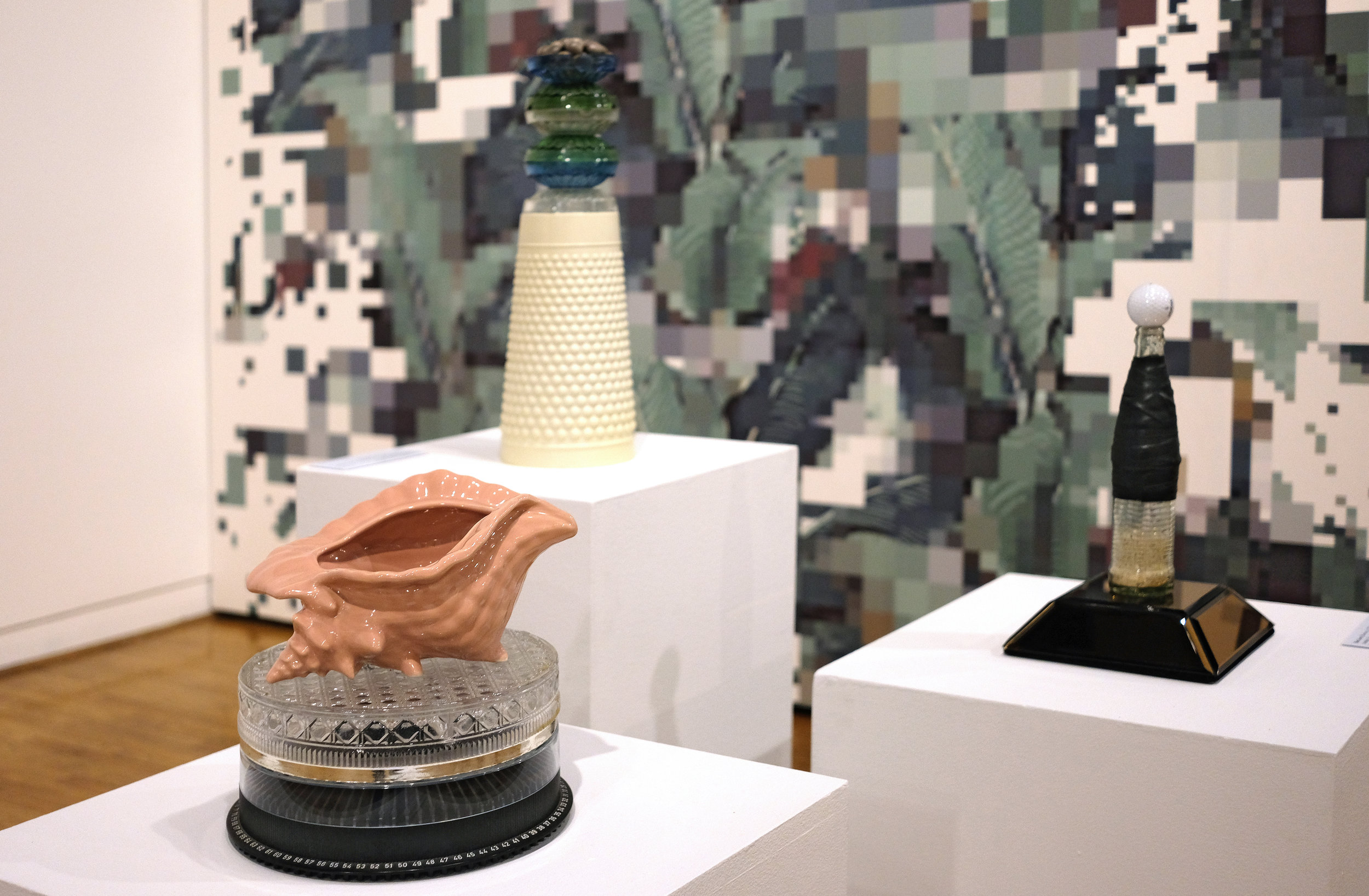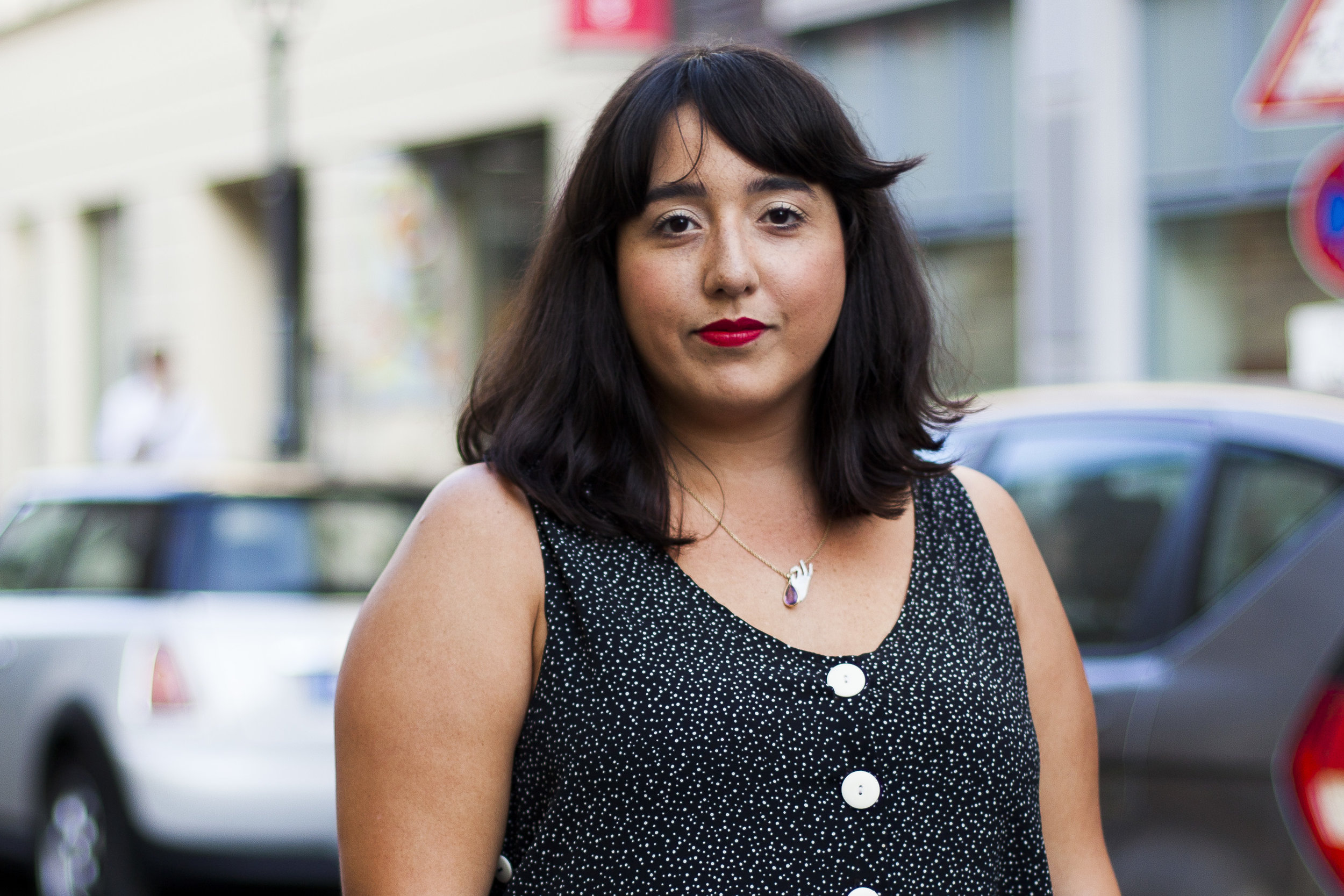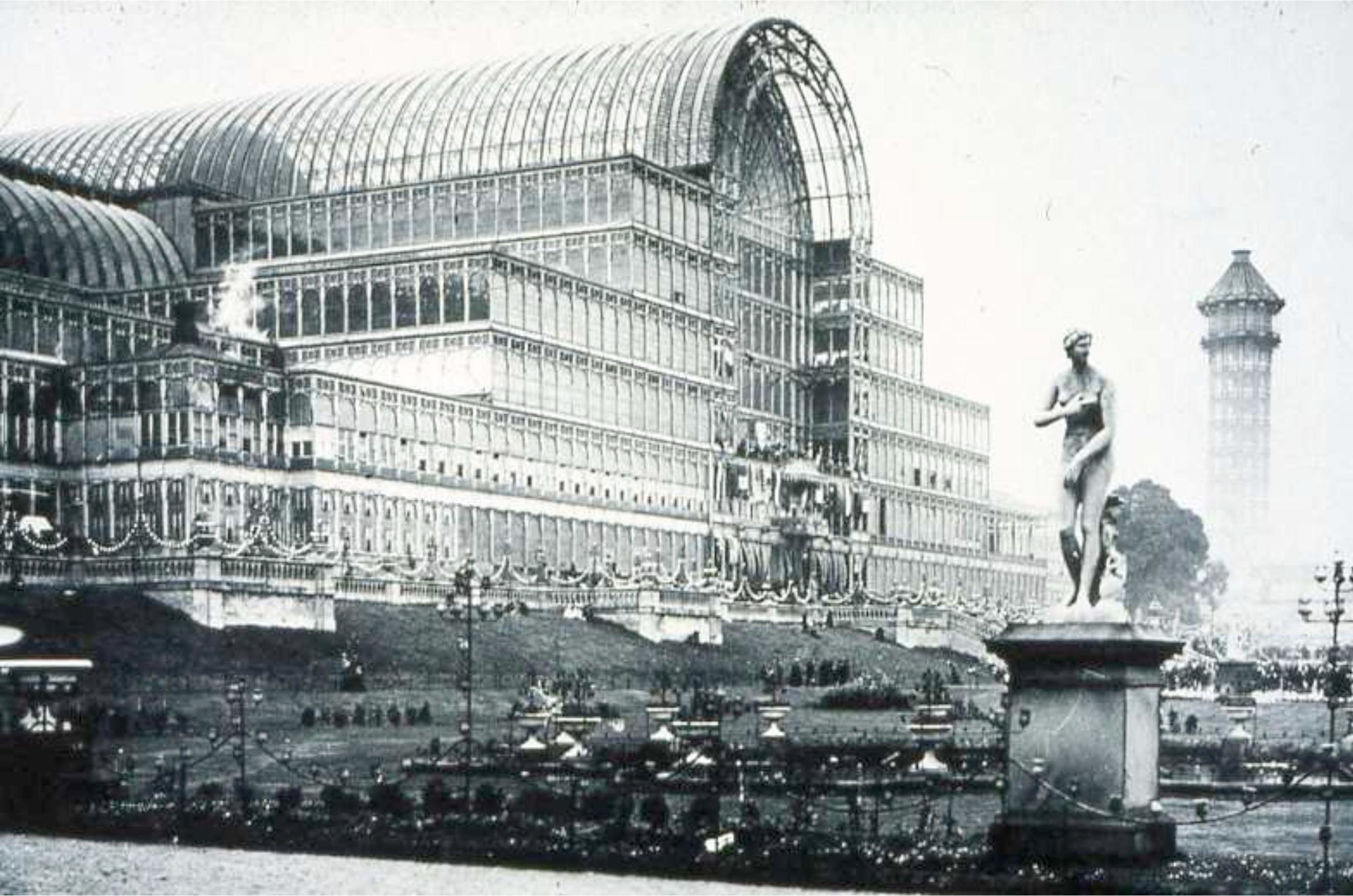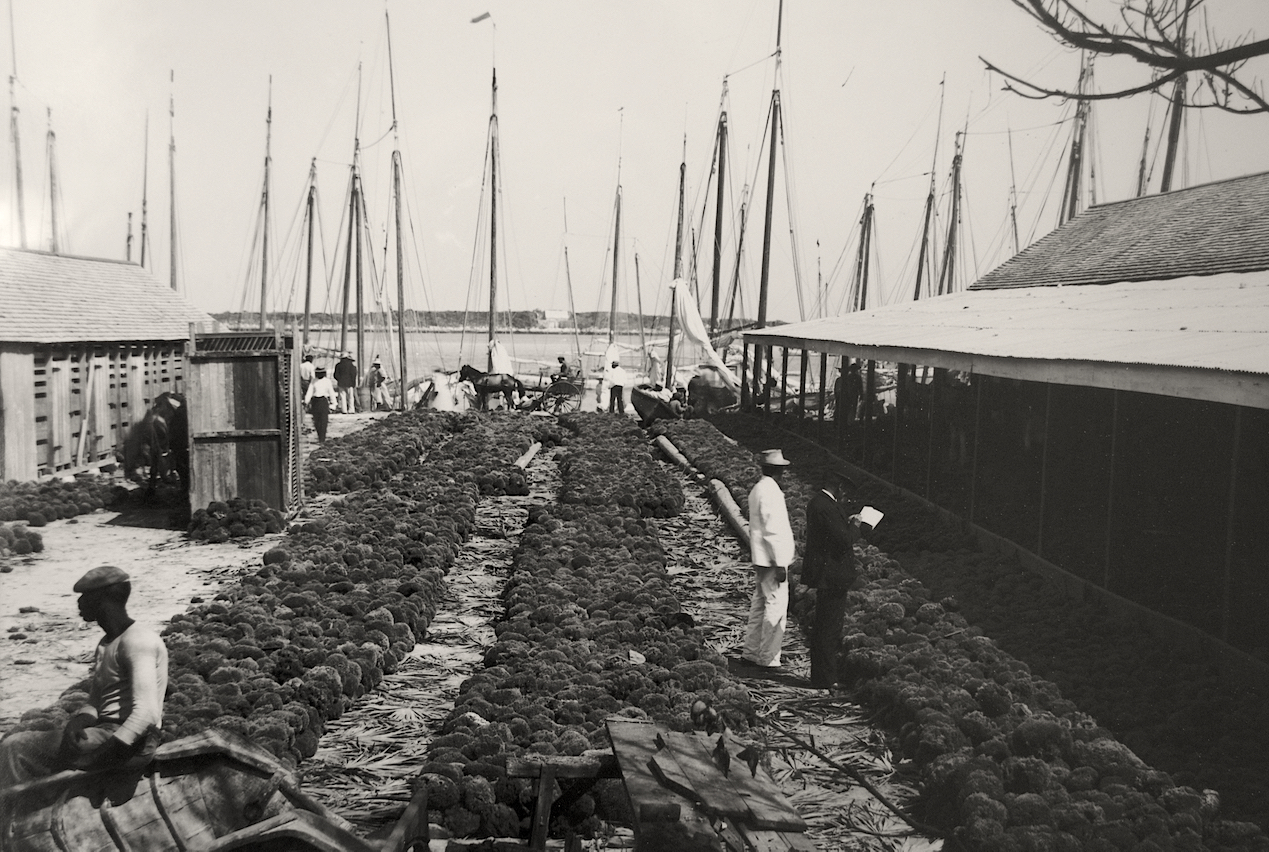To Throw Rocks, curated by Matthew Rahming, is an exploration of wider Black masculinities. In unpacking the tropes around Black masculine identities in The Bahamas, through a survey of practices ranging from the 70s to now, this selection puts particular focus on love, sex and sexuality, tenderness, labor and violence. The exhibition features work by Rashad Adderley, John Beadle, Justin Benjamin, Tyesha Brooks, Blake Fox, Amaani Hepburn, Allan Jones and Rashad Leamount, Jodi Minnis, Heino Schmid, Jarette Stubbs and Bradley Wood. In an effort to widen the scope of voices present, artwork from the National Collection, The Collection of the University of the Bahamas and the Brenton Story Collection have been drawn from to round out the conversation in its fullness. These voices come together to acknowledge the powers and privileges (or lack thereof) at play, to face the vulnerability, to bring awareness to responsibility, and to address conflicts around what it means to exist as a man, particularly a black man, in The Bahamas. To Throw Rocks opens on Thursday, November 21st at 5:30pm in the Franklin Wilson Graduate Centre on the University of the Bahamas’ Oaksfield Campus as a part of in conjunction with the 8th annual Critical Caribbean Symposium Series. The exhibition will run until December 2019. For more information, please feel free to contact Matthew Rahming at mr.matthew.rahming@hotmail.com


